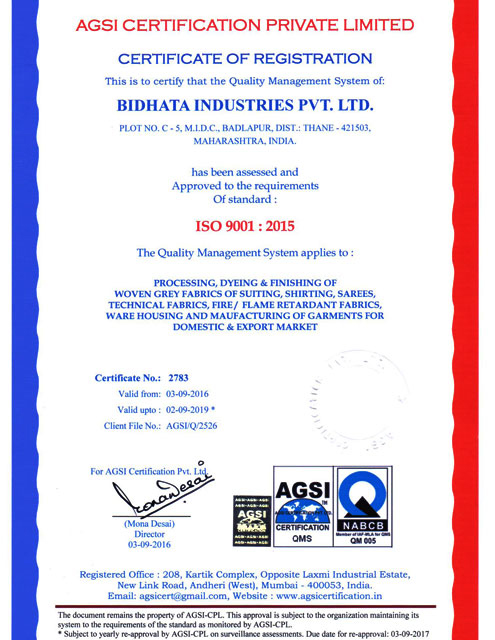Scope of Technical Textiles in India
The Indian textile industries are well known world-wide due to the diverse range of culture and traditions the country has. Right from hand-woven segments to industrialized textile manufacturing, designing and more, the country is known for its derivation designs in textile. As on the global level, India is the largest producer of cotton and jute and the second largest producer of silk.

Being into textile production for over 4000 years now, there has been a significant scope for growth in the technical textile segment of India as well. However, in the country the market for technical textile has been incentivized from imports. But, soon after the country began to witness a growing awareness about superior utilization of these, the government planned to support domestic & develop the export markets developments of such textiles. This enabled the announcement for the National Technical Textile Mission in 2010 that aimed at assisting startup manufacturing firms and research centres in this field.
Over the span of 10 years, the field began to see growing demands in this area. India imports technical textiles worth $16 billions every year. To substitute these numbers, the government continued the National Technical Textile Mission for four years 2020-2021 to 2023-2024 outlying 1480 crore Rs. This would utilize the growing demands in the domestic market & counterpole the elevating import trends.
The former head of the Confederation of Indian Textile Industry stated that this mission will scale manufacturing and substitute imports to a great extent in the country. This holds great scope for textile fabric manufacturers in India for the coming years.
In the meanwhile, to support the mission, the government has also abolished anti-dumping duty on PTA, which is a chemical substance that is crucial for yarns and textile fibres. This is because it can be useful to draw newer areas for the textile sector that demands & generates employment for several groups of individuals in the society. This will also lead to an increasing number of textile process houses in several regions of the country.
Technical textiles are basically produced for functional uses and have a wide scope of applications in various sectors. Some of these are sports, agriculture, healthcare, defence, routine life to name a few.
Technical textiles are narrowed down to the following 12 types –
- Agrotex
Netted type of fabrics used for varied purposes like anti-hail, bird protection nets, fishing nets, crop covers, share nets etc.
- Buildtex
Awnings, canopies, floor & wall coverings, cotton canvas tarpaulins, architectural membranes, hoardings, signages, scaffolding nets are few that fall under this type.
- Cloth Tex
Garments, elastic tapes, umbrella cloth, shoe laces, zip fasteners, etc. are a part of this sub-segment.
- Geotex
Geo Components, geogrids and geonets are the basic examples of geotex.
- HomeTex
Stuff toys, blinds, carpet backing cloth, pillow & mattress components, etc. fall under such types.
- Indutex
Computer printed ribbon, blotting cloth, filter cloths or filtration products, conveyor belts, drive belts, etc. are a few Indutex
- Meditex
Contact lenses, sanitary pads or diapers, artificial implants, surgical gowns etc. that often have medical usages are stated as meditex.
- Mobiltex
Airline disposables, airbags, nylon type cords, etc. are a few mobitex types.
- Oekotex
Waste disposables, environmental protection fabrics, recyclables, etc. fall under this type.
- Packtex
Wrapping fabrics, jute sacks, polyolefin woven sacks, FIBC etc. are a few packtex examples.
- Protex
Industrial gloves, bullet proof jackets, fire retardant fabrics, chemical protection clothing, high visibility clothing, etc. fall under protex.
- Sportex
Swimwear, tents, parachute fabrics, etc. are listed in this sub-segment.
As the segment covers a wide range of industries, it can benefits the nation in a more proactive way such as below:
- Enhance productivity in agricultural, aquaculture and horticulture fields
- Useful in offering security and protection to armed forces
- Provide high tensile components for transportation
- Improve hygiene in the medical & healthcare space
